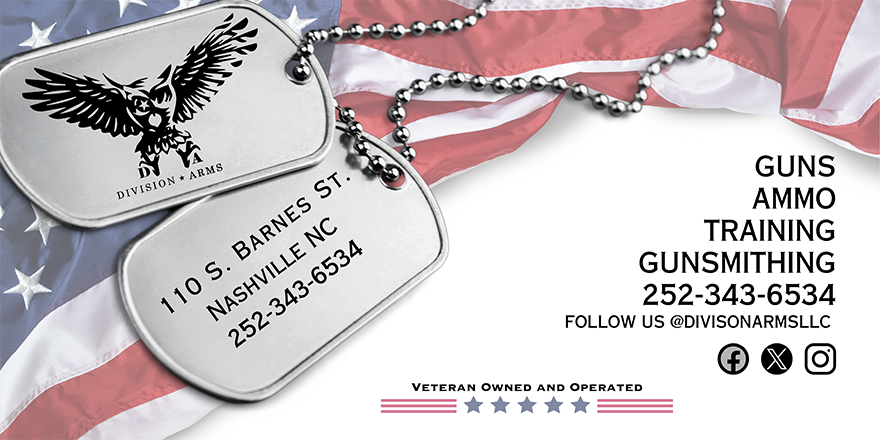OK break out the popcorn boys, lol.
I think I'm pretty well versed in the technicalities but I could definitely be missing something so feel free to bust my bubble. I hope to once and for all either verify my understanding or learn something, so here we go. It's my understanding that both MIL and MOA are simply units of angular measure, and on a basic level one has no particular advantage over the other. So my question is this: for us Americans who think and measure stuff in inches and yards, what possible advantage does a MIL/MIL optic give me over a MOA/MOA optic?
I know MOA isn't exactly 1" at 100yds, but it is close enough for medium range work and a hell of a lot quicker (no 3.6x conversion from MILs necessary) to do in your head on the fly if you stick with the "close enough" 1"@100yds thing. Even for more precise work having to use a conversion factor for MsOA to inches is no worse than using one for MILs to inches.
So other than all the cool kids use MIL/MIL, someone please point out why we ever went to MILs in the first place and why we should stay.
I think I'm pretty well versed in the technicalities but I could definitely be missing something so feel free to bust my bubble. I hope to once and for all either verify my understanding or learn something, so here we go. It's my understanding that both MIL and MOA are simply units of angular measure, and on a basic level one has no particular advantage over the other. So my question is this: for us Americans who think and measure stuff in inches and yards, what possible advantage does a MIL/MIL optic give me over a MOA/MOA optic?
I know MOA isn't exactly 1" at 100yds, but it is close enough for medium range work and a hell of a lot quicker (no 3.6x conversion from MILs necessary) to do in your head on the fly if you stick with the "close enough" 1"@100yds thing. Even for more precise work having to use a conversion factor for MsOA to inches is no worse than using one for MILs to inches.
So other than all the cool kids use MIL/MIL, someone please point out why we ever went to MILs in the first place and why we should stay.
Last edited:

